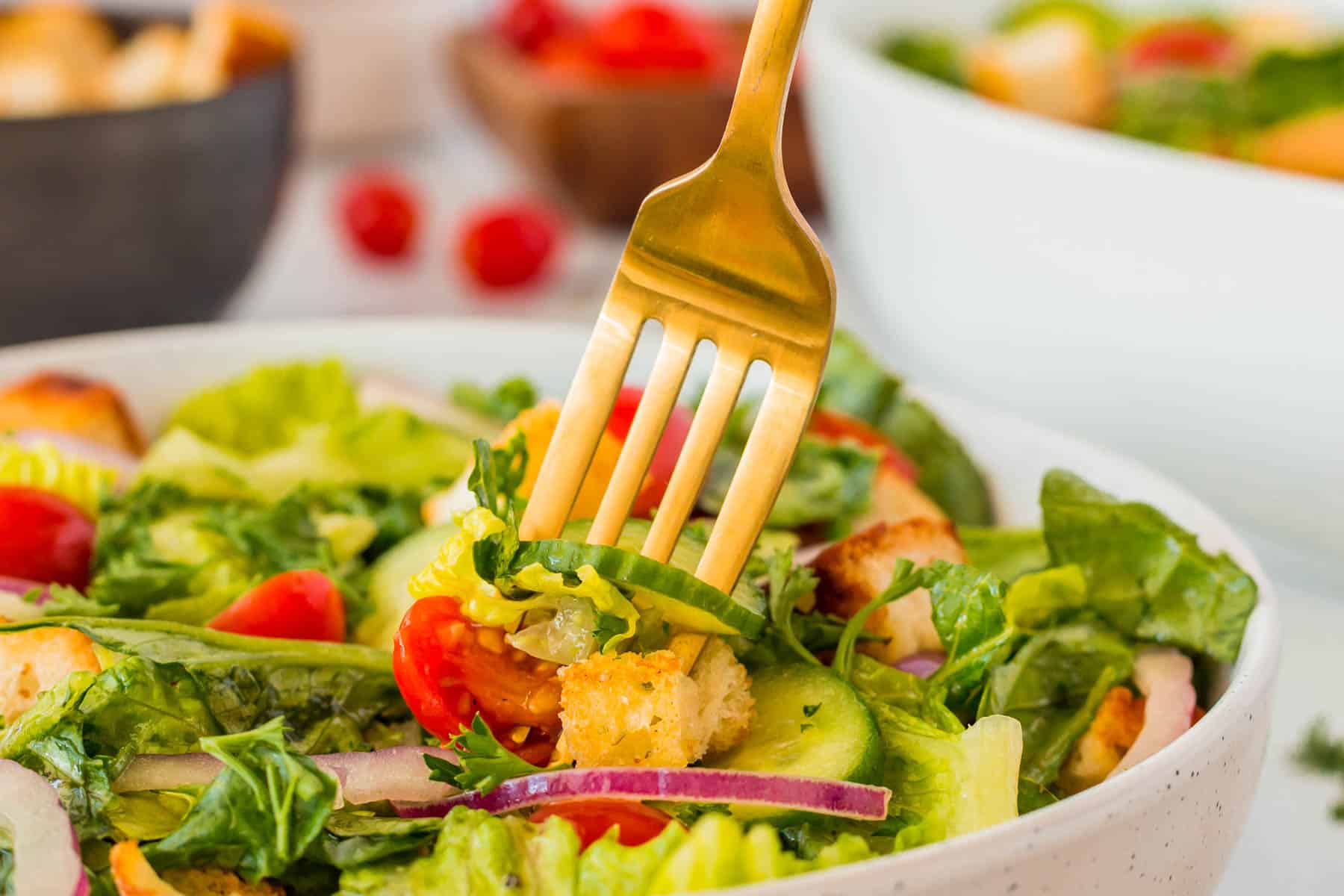

Articles
How Many Calories Are In A Garden Salad
Modified: April 22, 2024
Discover the calorie count of a refreshing garden salad and learn how gardening can contribute to a healthier lifestyle. Start your gardening journey today!
(Many of the links in this article redirect to a specific reviewed product. Your purchase of these products through affiliate links helps to generate commission for Storables.com, at no extra cost. Learn more)
Introduction:
Welcome to the world of gardening and healthy eating! Garden salads are not only delicious but also packed with essential nutrients. Whether you are a seasoned gardener or a beginner, growing your own fresh ingredients for salads can be a rewarding experience. But have you ever wondered how many calories are in a garden salad?
In this article, we will explore the nutritional value of garden salads and delve into the calorie content of common salad ingredients. We will also discuss the factors that can affect the calorie count of a garden salad and provide some tips on how to reduce the calorie content without compromising on taste.
So, let’s dig deep into the world of garden salads and uncover the secrets behind their calorie content!
Key Takeaways:
- Garden salads are nutrient powerhouses, rich in vitamins, minerals, fiber, and healthy fats. By understanding the calorie content of common ingredients and making mindful choices, you can create a delicious and nutritious salad that aligns with your dietary goals.
- Reducing the calorie count of your garden salad doesn’t mean sacrificing flavor. By increasing the vegetable-to-ingredient ratio, choosing lean proteins, using moderation with high-calorie ingredients, and opting for lighter dressings, you can enjoy a satisfying and low-calorie salad without compromising on taste.
Read more: How Many Calories In An Olive Garden Salad
Understanding Garden Salads:
Garden salads, also known as green salads or mixed salads, are made from a combination of fresh vegetables, fruits, herbs, and sometimes proteins or grains. They are versatile, customizable, and can be enjoyed as a light appetizer, a refreshing side dish, or a satisfying main course.
One of the key components of a garden salad is the leafy greens. These can include lettuce varieties such as romaine, iceberg, or leaf lettuce, as well as spinach, arugula, and kale. The greens provide a crunchy texture and a wide range of essential nutrients.
Garden salads are typically enriched with an array of colorful and flavorful vegetables. Common additions include tomatoes, cucumbers, bell peppers, carrots, radishes, and red onions. These vegetables not only add visual appeal to the salad but also provide vitamins, minerals, and dietary fiber. Herbs like basil, parsley, or cilantro can also be added to enhance the taste.
In addition to vegetables, fruits can be a delightful addition to a garden salad. Sliced strawberries, juicy oranges, tangy cranberries, or chunks of mango can provide a burst of sweetness and a dose of vitamins.
Proteins or grains are often incorporated into a garden salad to make it more filling and nutritionally balanced. Grilled chicken, shrimp, tofu, hard-boiled eggs, or chickpeas are common protein choices. Quinoa, couscous, or whole wheat pasta are popular grain options that contribute to the salad’s nutritional profile.
To tie all the ingredients together, a dressing is usually drizzled over the salad. Popular dressing choices include vinaigrettes, ranch, Caesar, or creamy avocado dressings. These dressings not only add flavor but also provide healthy fats.
Understanding the basic components of a garden salad is essential when considering its calorie content. Each ingredient contributes to the overall nutritional value, and knowing how to balance them can help you create a healthy and delicious salad.
Nutritional Value of Garden Salads:
Garden salads are not only a feast for the eyes but also a powerhouse of nutrients. Let’s take a closer look at the nutritional value of these vibrant bowls of goodness:
- Vitamins and Minerals: Garden salads are rich in essential vitamins and minerals that are vital for maintaining good health. Leafy greens like spinach and kale are excellent sources of vitamin K, vitamin A, and folate. Tomatoes provide vitamin C, while bell peppers are packed with vitamin B6. Moreover, the variety of vegetables and fruits in a garden salad ensures a diverse range of nutrients to support overall well-being.
- Dietary Fiber: Including plenty of vegetables and fruits in a garden salad ensures a good intake of dietary fiber. Fiber is essential for promoting healthy digestion, preventing constipation, and maintaining stable blood sugar levels. It also aids in weight management by promoting a feeling of fullness and reducing overeating.
- Antioxidants: Garden salads are a great source of antioxidants. Antioxidants help protect the body against free radicals, which are unstable molecules that can cause cell damage and contribute to chronic diseases. Leafy greens, berries, and colorful vegetables like bell peppers and carrots are particularly rich in antioxidants.
- Healthy Fats: Adding a source of healthy fats to your garden salad can provide numerous benefits. Avocado slices, olive oil-based dressings, or a sprinkle of nuts and seeds can contribute heart-healthy monounsaturated fats and omega-3 fatty acids. These fats help improve cholesterol levels and support brain health.
- Protein: Incorporating protein into your garden salads can help promote satiety and provide essential building blocks for body tissues. Adding lean proteins like grilled chicken or tofu, eggs, or legumes like chickpeas can elevate the protein content of your salad.
By enjoying garden salads regularly, you can nurture your body with a wide range of nutrients necessary for optimal health. Now, let’s dive into the calorie content of common garden salad ingredients to gain a better understanding of how they contribute to the overall energy value of the salad.
Calories in Common Garden Salad Ingredients:
When it comes to determining the calorie content of a garden salad, it is important to consider the ingredients used. Each ingredient contributes to the overall energy value of the salad. Here is a breakdown of the approximate calorie count for some common garden salad ingredients:
- Lettuce: Leafy greens like lettuce have a low calorie count. Approximately 5-10 calories per cup can be expected, depending on the variety used.
- Tomatoes: Tomatoes are considered a low-calorie ingredient, with roughly 25 calories per medium-sized tomato.
- Cucumbers: Cucumbers are extremely low in calories, with about 8 calories per cup of sliced cucumber.
- Bell Peppers: Bell peppers are relatively low in calories, with approximately 30-40 calories per medium-sized pepper.
- Carrots: Carrots are another low-calorie addition to a garden salad, with around 30 calories per medium-sized carrot.
- Red Onions: Red onions are reasonably low in calories, providing around 40-50 calories per medium-sized onion.
- Avocado: Avocado is a higher-calorie ingredient due to its healthy fat content. Approximately 160-200 calories can be expected from half a medium-sized avocado.
- Grilled Chicken: Adding grilled chicken to your garden salad provides a significant protein boost. A 3-ounce serving of grilled chicken breast contains around 120-150 calories.
- Hard-Boiled Eggs: Hard-boiled eggs are a protein-rich ingredient with approximately 70-80 calories per egg.
- Cheese: The calorie count of cheese can vary depending on the type and quantity used. Approximately 80-120 calories can be expected from an ounce of cheese.
- Dressing: Salad dressings can significantly contribute to the calorie count of a garden salad. Creamy dressings tend to be higher in calories, while vinaigrettes are typically lower. On average, a tablespoon of dressing provides around 50-100 calories.
Keep in mind that these calorie counts are approximate and can vary based on portion sizes and the specific ingredients used. It is always a good idea to check nutrition labels or use online resources for accurate calorie information when tracking your intake.
Now that we have a better understanding of the calorie content of common garden salad ingredients, it’s time to explore the factors that can affect the overall calorie count of a garden salad.
A typical garden salad with mixed greens, tomatoes, cucumbers, and a light dressing contains around 100-150 calories. Be mindful of high-calorie toppings like cheese, croutons, and heavy dressings.
Factors Affecting Calorie Content of Garden Salads:
The calorie content of a garden salad can vary based on several factors. Understanding these factors can help you make informed choices and tailor your salad to meet your dietary needs. Here are the key factors that can affect the calorie count of a garden salad:
- Ingredients: The types and quantities of ingredients used in a garden salad play a significant role in determining its calorie content. As mentioned earlier, ingredients like avocados, cheese, and certain dressings are higher in calories compared to leafy greens and vegetables. Including protein sources like grilled chicken or cheese can also contribute to the overall calorie count.
- Portion Sizes: Portion sizes directly impact the calorie content of a garden salad. Using larger portions of high-calorie ingredients can increase the overall calorie count. It is important to practice portion control and be mindful of the amounts of each ingredient you add to your salad.
- Dressing: The type and amount of dressing used can significantly affect the calorie content of the salad. Creamy dressings like ranch or Caesar tend to be higher in calories compared to vinaigrettes. It is recommended to use dressings sparingly or opt for lighter alternatives like lemon juice or balsamic vinegar to reduce the calorie content.
- Preparation Methods: The way ingredients are prepared can also impact the calorie count. Grilling or roasting vegetables can intensify their flavors without adding extra calories, while frying or adding oil can increase the overall calorie content. Choosing healthier cooking methods can help control the calorie intake of your garden salad.
- Additions or Toppings: Additional toppings and add-ons can influence the calorie content of a garden salad. Croutons, bacon bits, or fried toppings can add significant calories, so it’s important to use them sparingly or opt for healthier alternatives like nuts or seeds. Consider the nutritional value and calorie content of these extras when customizing your salad.
- Pre-Made or Store-Bought Salads: If you are opting for pre-made or store-bought garden salads, it is crucial to read the label and check the nutrition information. These salads may contain hidden high-calorie ingredients or excessive amounts of dressing that can significantly impact the calorie count. Therefore, preparing your own salad allows for better control over ingredients and portion sizes.
By considering these factors and making mindful choices, you can create a garden salad that aligns with your dietary goals and preferences. Next, we will explore some tips for reducing the calorie count in your garden salads without compromising on taste.
Read more: How Many Calories Is A Glass Of Milk
Tips for Reducing Calorie Count in Garden Salads:
Reducing the calorie count of your garden salad doesn’t mean sacrificing flavor or satisfaction. With a few simple tips and tricks, you can create a delicious and nutritious low-calorie salad. Here are some helpful strategies to consider:
- Increase the Vegetable-to-Ingredient Ratio: Load up your salad with a variety of fresh vegetables. By increasing the vegetable-to-ingredient ratio, you can add bulk and volume to your salad without significantly increasing the calorie count. Fill your plate with leafy greens, cucumbers, bell peppers, tomatoes, and any other vegetable you enjoy.
- Choose Lean Protein: When adding protein to your salad, opt for lean options like grilled chicken breast, shrimp, or tofu. These sources provide the necessary protein without excessive calories. Avoid adding fried or breaded proteins, as they can significantly increase the calorie count.
- Use Moderation with High-Calorie Ingredients: Ingredients like avocados, cheese, nuts, and dressings are delicious and provide healthy fats, but they can also be high in calories. Use these ingredients in moderation to control the calorie count. For example, use a smaller amount of avocado or choose a reduced-fat cheese option. Consider using lighter dressings or making your own with Greek yogurt as a base.
- Swap Out High-Calorie Toppings: Instead of crispy fried toppings or croutons, opt for healthier alternatives like sliced almonds, pumpkin seeds, or lightly toasted whole wheat bread cubes. These options add crunch and flavor without packing on extra calories.
- Be Mindful of Portion Sizes: Keep an eye on portion sizes, especially for higher-calorie ingredients. Use measuring cups or a food scale to ensure you are adding appropriate amounts. It’s easy to go overboard with dressings, cheese, or even healthy fats like avocado. Remember, balance is key.
- Choose Lighter Dressings: Consider using lighter dressings like vinaigrettes or making your own using simple ingredients like olive oil, lemon juice, vinegar, and herbs. They provide flavor with fewer calories compared to creamy dressings. You can also try drizzling your salad with a small amount of dressing and tossing it well to distribute the flavors.
- Experiment with Herbs and Spices: Enhance the flavor of your garden salad with fresh herbs, spices, and citrus zest. These additions can elevate the taste without adding extra calories. Experiment with basil, cilantro, mint, oregano, or even a squeeze of lemon or lime juice.
- Opt for Homemade or DIY Salads: Preparing your own garden salad gives you complete control over the ingredients and helps you reduce unnecessary calories. Store-bought salads often contain hidden high-calorie ingredients or excessive amounts of dressing. By making salads at home, you can customize them to your preferences and dietary needs.
By incorporating these tips into your salad preparation routine, you can create a low-calorie garden salad that is both delicious and nutritious. Remember, the goal is to strike a balance between flavor, satisfaction, and mindful portion control.
Now that you have a better understanding of how to reduce the calorie count in your garden salads, let’s wrap up this article.
Conclusion:
Garden salads are not only a refreshing and delicious way to enjoy vegetables and fruits but also a nutritious addition to a healthy diet. Understanding the calorie content of garden salads and the factors that affect it can help you make informed choices and create salads that align with your dietary goals.
We explored the nutritional value of garden salads, highlighting the abundant vitamins, minerals, antioxidants, and dietary fiber they provide. Each ingredient contributes to the overall nutritional profile, with leafy greens, colorful vegetables, lean proteins, and healthy fats playing key roles.
The calorie content of a garden salad varies based on the ingredients used, portion sizes, dressings, and preparation methods. By being mindful of these factors, you can make modifications to reduce the overall calorie count without compromising on taste.
Choosing lower-calorie options, increasing the vegetable-to-ingredient ratio, using lean proteins, measuring portions, and opting for lighter dressings are effective strategies for reducing calories while still enjoying a satisfying and flavorful salad.
Remember, creating your own garden salads allows you to have better control over the ingredients and portions, making it a healthier choice compared to pre-made or store-bought salads.
So, whether you’re growing your own ingredients or purchasing them from a local farmer’s market or grocery store, get creative with your garden salad. Experiment with different flavors, textures, and combinations to create a salad that suits your taste and dietary needs.
By incorporating the tips and knowledge shared in this article, you can enjoy a guilt-free, nutrient-packed garden salad that nourishes your body and satisfies your taste buds. So, why wait? Start exploring the world of garden salads and enjoy the goodness they bring to your table!
Frequently Asked Questions about How Many Calories Are In A Garden Salad
Was this page helpful?
At Storables.com, we guarantee accurate and reliable information. Our content, validated by Expert Board Contributors, is crafted following stringent Editorial Policies. We're committed to providing you with well-researched, expert-backed insights for all your informational needs.

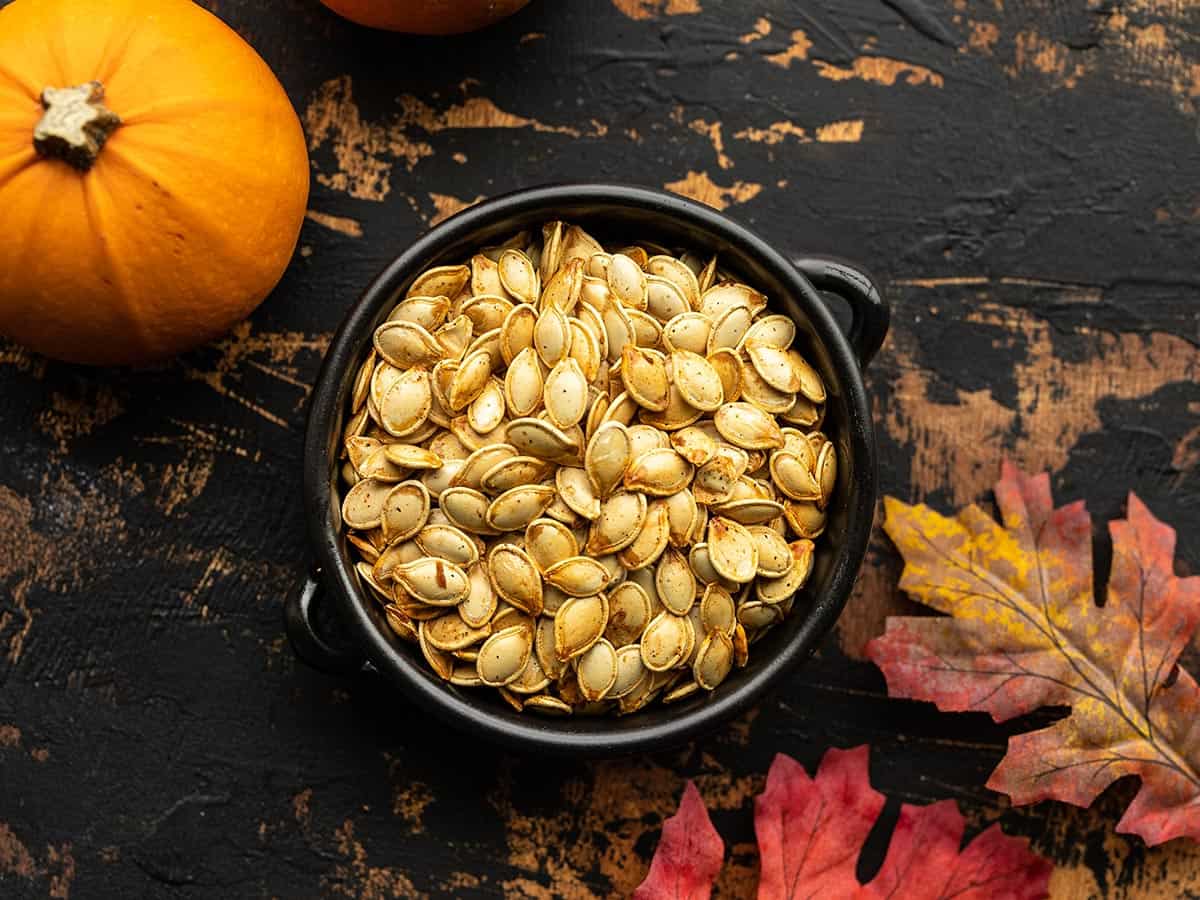
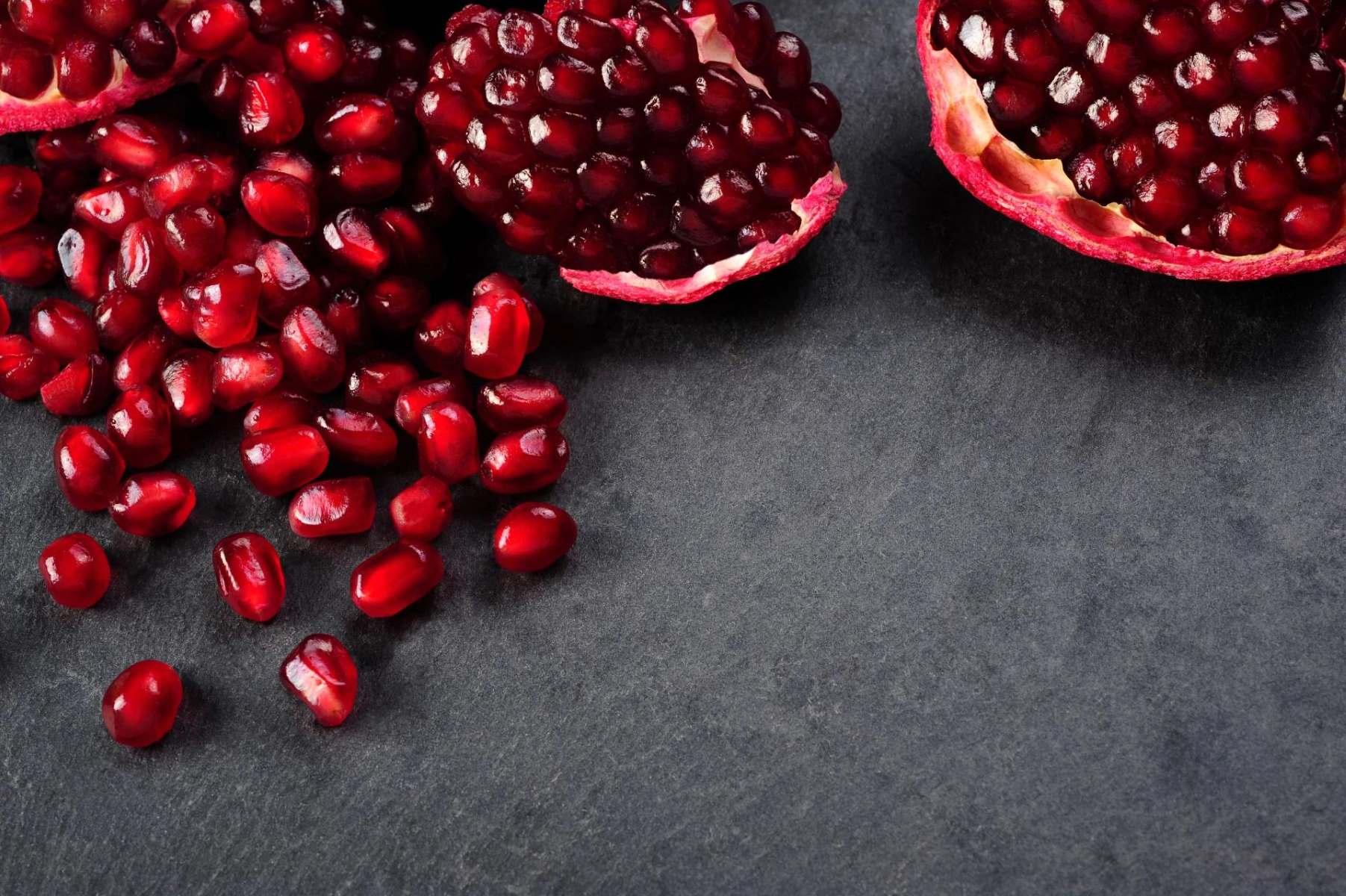




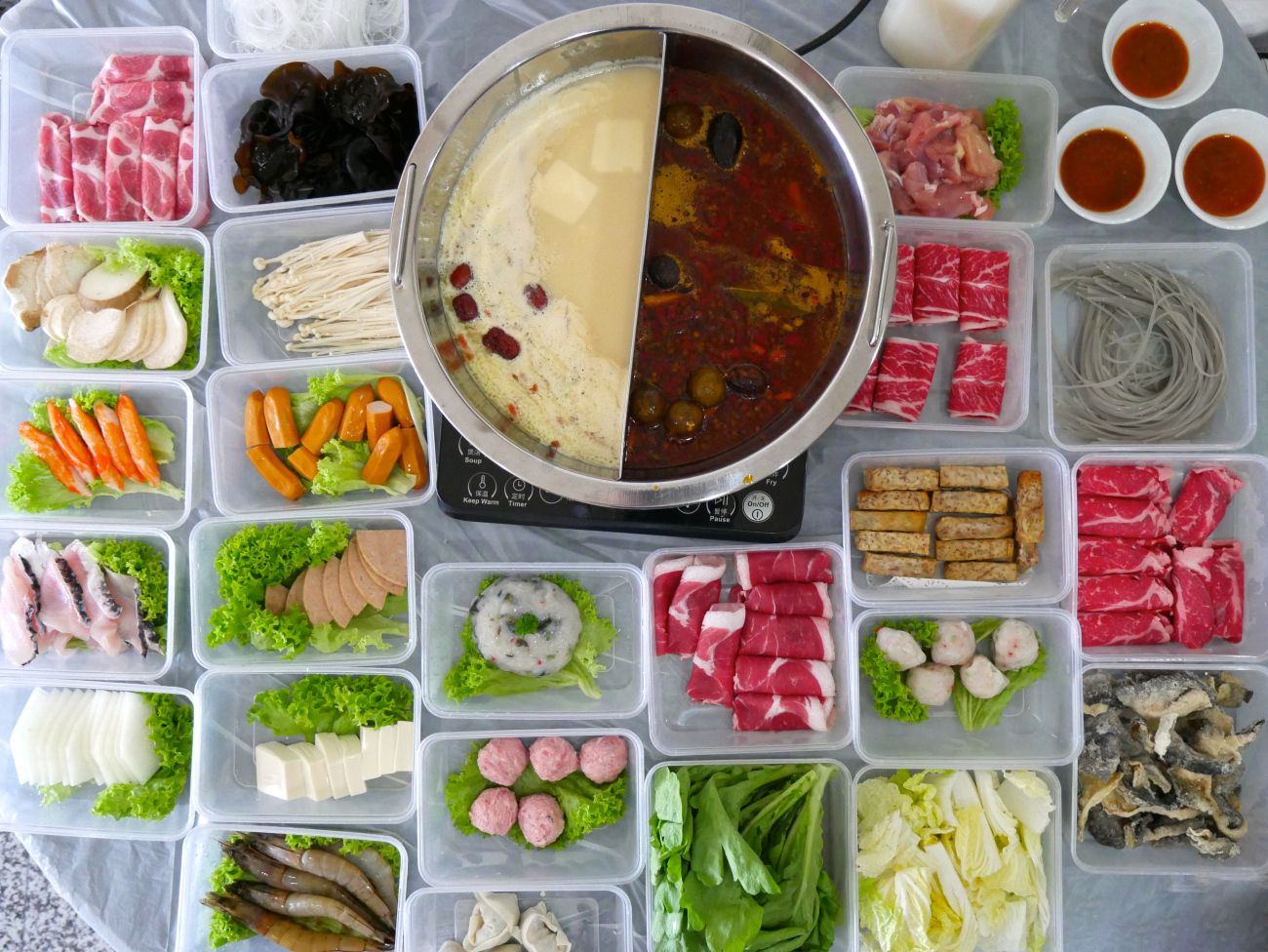





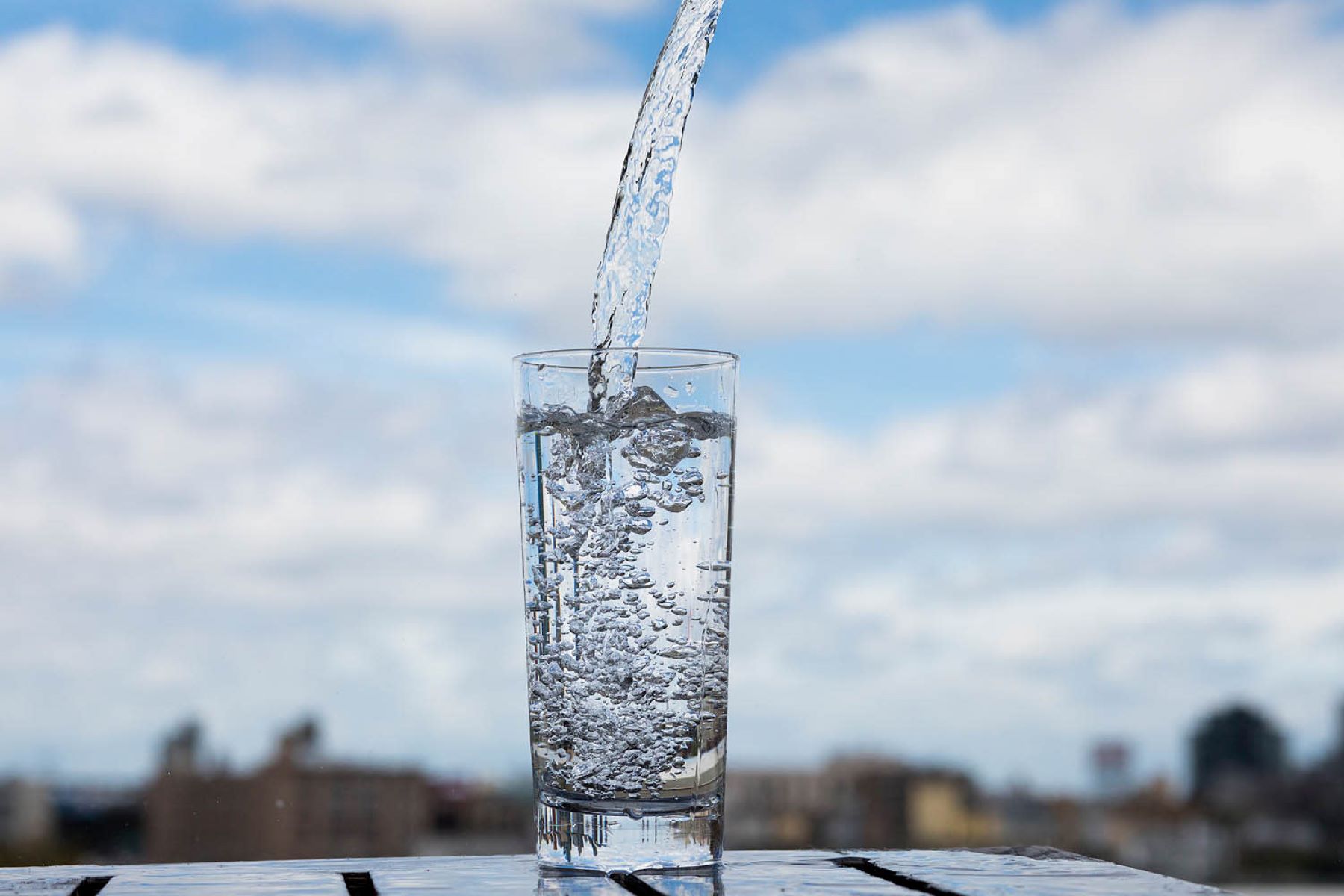

0 thoughts on “How Many Calories Are In A Garden Salad”